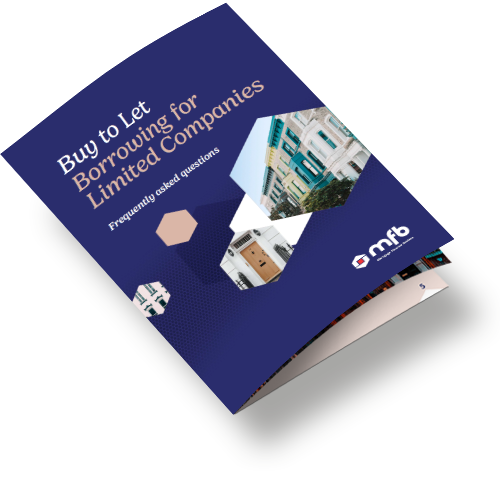Buy to let
mortgages
mortgages
Whether it’s your first or 100th property investment, our award-winning brokers are here to help
Getting started with buy to let mortgages
Buy to let is a fantastic way to start your property investment journey. BTL provides many opportunities for new property investors and experienced landlords, from vanilla properties to complex multi-units.
Many different banks and lenders offer buy to let mortgages, and several factors impact which lender is right for you. Factors like property type, your situation, how you invest, and your experience all impact your mortgage options. As a whole-of-market mortgage broker, whatever your requirements, we’ll find the best lender and best mortgage rate for you.
Whether you’re new to the market or have years of property investment experience, it’s important to keep up to date. Here, you’ll find a wide range of resources to get you started, from expert how-to guides, insightful news articles and case studies to our bespoke buy to let calculator to source you your next rate.
Meet your mortgage makers.
Why MFB for buy to let?
Our award-winning buy to let brokers are experts in their field. Our enthusiasm and experience make us the best brokerage to help with your mortgage needs. We strive to deliver excellence with every mortgage application, no matter how complex or straightforward your enquiry may be. Whatever you’re looking to do, we’re the team to help.
- We’re a multi-award-winning team of buy to let experts
- A family-owned business, we always put our clients’ needs at the heart of everything we do
- We delight our clients with our service, and are proud to be rated 5 stars on Trustpilot
- We’re a founding member of the NACFB and regulated by the FCA and PRA, so you can be assured of our integrity
- Our experience in the industry means we’ve developed influential relationships to help secure you the best buy to let mortgage deal
- Our fantastic industry partnerships mean we can support you with conveyancing, insurance, life cover and more
What our clients say…
We could go on all day about what makes us great, but our client's reviews speak for themselves
Find out how much you can borrow
Use our calculator below to get started with your property investment plans.
Let’s find a buy to
let mortgage
Our easy-to-use buy to let mortgage calculator can help you find the best mortgage rate. It also shows you how much you will pay each month. All you have to do is give us a few details.
Frequently asked buy to let mortgage questions…
What is a buy to let mortgage?
Do I need a buy to let mortgage to rent out a property?
How much deposit do you need for a buy to let?
What is the difference between a buy to let mortgage and a homebuyer mortgage?
What is a rent-to-interest (RTI) calculation?
How long should you borrow for?
What is top slicing?
Capital or interest-only repayments?
Should I get a fixed or variable rate?
How long should I fix for on a buy to let mortgage?
How many buy to let mortgages can I have?
Explore our
latest brochure
Download our brochure for everything you need to know about buy to let mortgages. We cover frequently asked questions from landlords, and explore why a Limited Company could be the right option for you.

Talk to an expert
Our friendly experts would love to hear from you. Give us a call, drop us an email, or choose a convenient time for us to get in touch.
Learn more about buy to let mortgages
Find my BTL mortgage
Search thousands of mortgage rates to find the best deal for you.
How much can I borrow?
Use our buy to let calculator to get started with your property investment plans
Limited Company
Mortgages
All you need to know about buy to let mortgages for Limited Companies and the benefits of limited company borrowing.
It’s time to remortgage
We’ll help you secure the best remortgage deal for your property investment needs.
Meet our partners
We’ve partnered up with the best in the business to support you across all areas of your property finance journey.




